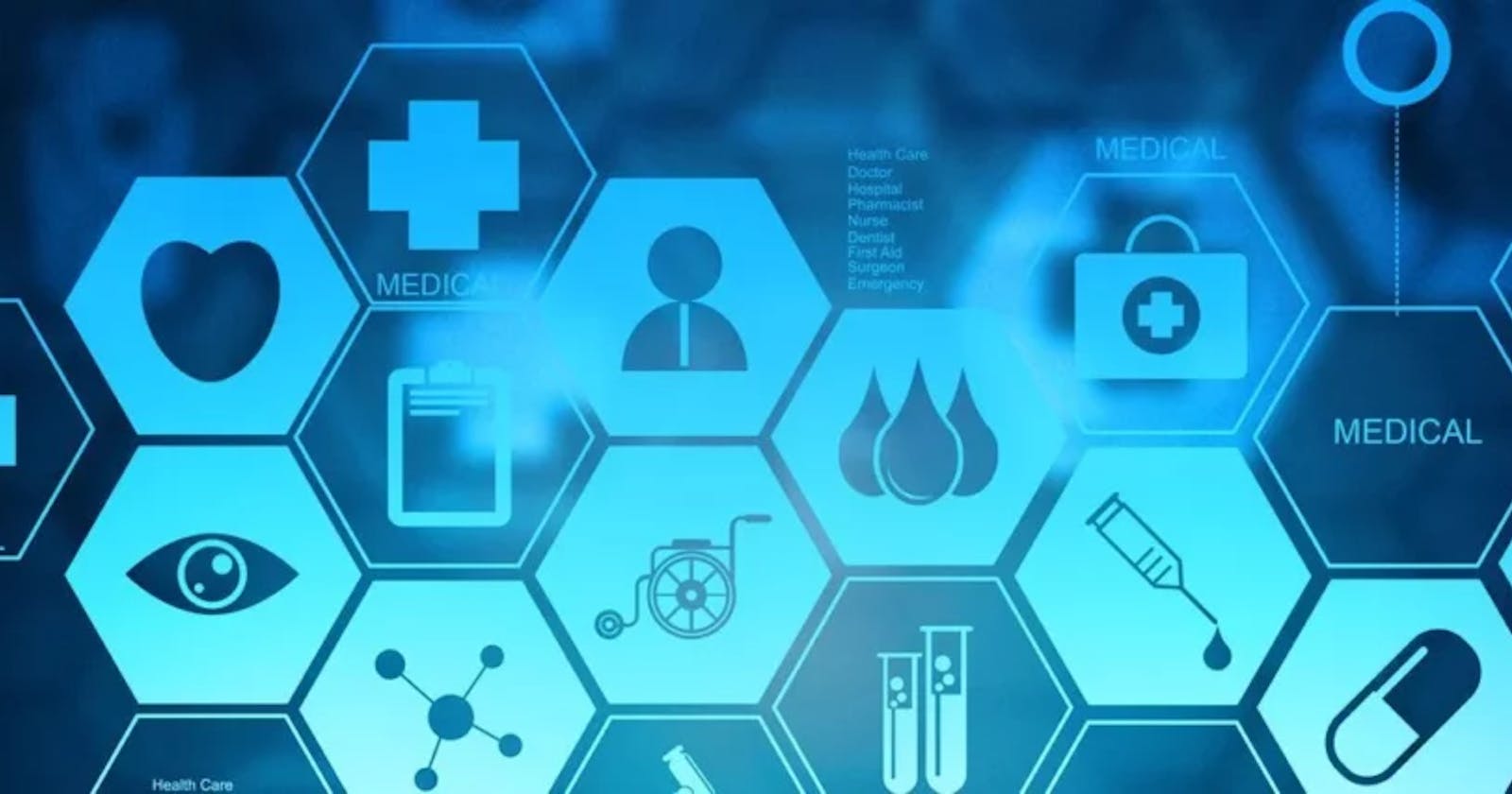Voice Analysis: An AI-Powered Solution for Rapid Diabetes Diagnosis
Diagnose diabetes in just 10 seconds - A blog by Atharva Malvade
Diabetes, a chronic condition affecting millions worldwide, requires early detection and management for timely treatment. Traditionally, diabetes diagnosis involves invasive tests and laboratory analysis. Blood testing is now the most widely used and reliable tool for diagnosing type 2 diabetes. However, recent advancements in Artificial Intelligence (AI) have opened up new possibilities for non-invasive, rapid diagnosis. According to a recent study, a person's voice may now be used to identify type 2 diabetes. In this blog post, we will explore how AI, through voice analysis, can potentially diagnose diabetes in just 10 seconds.
Klick Applied Sciences researchers claimed to have created a method that can identify type 2 diabetes in women and men with up to 0.89 and 0.86 accuracy, respectively.
The Link Between Diabetes and Voice Patterns
Recent studies have identified correlations between diabetes and voice patterns. People with diabetes often exhibit subtle changes in their voice due to the impact of high blood sugar levels on the vocal cords and overall vocal quality. These changes, though not noticeable to the naked ear, can be detected and analyzed by AI algorithms with remarkable accuracy.
"Long-term untreated type 2 diabetes patients may also develop nerve-damaging peripheral neuropathy, which can cause hoarseness and pressure on their voice cords.", said Dr. Ari S. Eckman, an endocrinologist at Holy Name Medical Center in Teaneck, New Jersey.
AI Voice Analysis for Diabetes Diagnosis
AI technology, specifically machine learning algorithms, can analyze voice samples to detect acoustic patterns indicating the presence of diabetes. By extracting various features like pitch, jitter, shimmer, and voice quality, these algorithms can determine the likelihood of diabetes in a matter of seconds. This non-invasive approach streamlines the diagnostic process and improves accessibility to healthcare. Numerous studies have been conducted to evaluate the accuracy and reliability of AI-based voice analysis in diabetes diagnosis. The results showcase promising outcomes, with accuracy rates ranging from 80% to even over 90% in some cases. These results suggest that AI voice analysis has the potential to become a powerful tool in early diabetes detection.
“We looked at several vocal features, like changes in pitch and intensity that can’t be perceived by the human ear,” the study’s lead author Jaycee M. Kaufman, a research scientist at Klick.
Klick's tool can detect diabetes in women based on the pitch of their voice, the degree of departure from that pitch, and the relative average pitch fluctuations in a single collected recording.
For men, the authors present an examination of voice intensity, or amplitude, as well as relative average pitch disturbances for detecting type 2 diabetes.
Current Type 2 Diabetes Testing
“Currently validated tools established to diagnose diabetes include lab work,” explained Dr Jason Ng, an endocrinologist at the University of Pittsburgh, who was also not involved in the study, listing “HbA1c [haemoglobin A1C], sugar levels in varying environments, or an older method of an oral glucose tolerance test.”
“To date, we don’t have any validated tools to confirm a diagnosis that doesn’t involve lab work, so this would be novel,” said Dr. Ng.
Future of Type 2 Diabetes Testing
Kaufman stated that they have a vision of technology that would allow individuals to test themselves for type 2 diabetes in the comfort of their own homes. If the results indicate that they may be at risk, they could then see their primary care physician for a diagnosis. Dr Ng expressed her excitement for a future in which diagnoses are simplified for patients and expects that the positive findings of this study will lead to further research with this goal in mind. Dr. Eckman believes that the tool may be most useful for monitoring the health and progress of individuals with diabetes, as changes in their vocal cords could give insight into their overall diabetes status. He sees it as an additional tool for evaluating patients' control of their blood sugar levels.
Conclusion
AI voice analysis provides an innovative and efficient approach for diagnosing diabetes quickly and non-invasively. By leveraging AI algorithms to detect subtle vocal patterns associated with diabetes, the identification of at-risk individuals can be expedited, leading to timely interventions and improved patient outcomes. While challenges exist, the future looks promising for this technology as it continues to advance and transform the field of healthcare diagnostics. As we move forward, AI-driven voice analysis may become a valuable tool in the fight against diabetes.
